Queen Elizabeth’s legacy of enduring style
Queen Elizabeth II was such a constant, reassuring presence during her 70-year reign that when she passed away last Sept. 8, most were unprepared even if she already had a full life of 96 years. Never really following trends, she had a style all her own that defined the monarchy and projected an image of stability, a sense of duty, and a life dedicated to serving her country and her people.
She realized the importance of the crown as a signifier of the state, so she always dressed with dignity and was thoughtful enough to those who lined the streets to see her by making herself easily identifiable in a crowd.
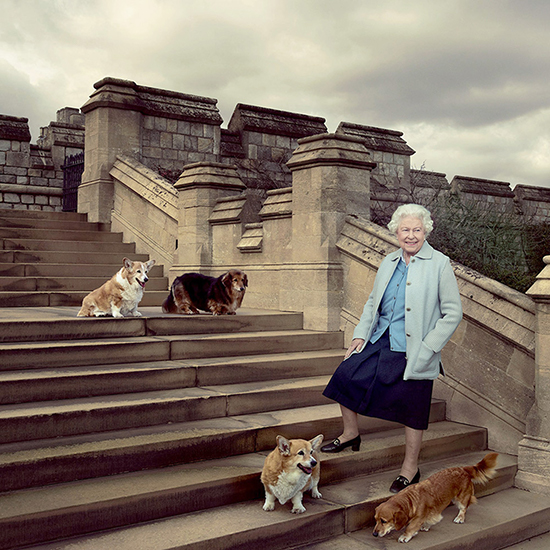
“I have to be seen to be believed,” she once said. Hence, she dressed in vibrant colors with a matching hat that never failed to bring sunny cheer even under the British gray skies or no matter what the current mood of the nation was. She was an inspiration to just “keep calm and carry on.”

And when her people did answer the call of duty, she was always quick to acknowledge their contribution, something the Filipino community knows so well after she has given many of them awards through the years. Just last July 12, May Parsons, together with NHS chief executive Amanda Pritchard, received the Gold Cross award from the Queen on behalf of all the health workers who delivered “the amazing COVID vaccine rollout.”

Parsons, the nurse who administered the world’s first COVID vaccine, is one of around 40,000 Filipino nurses in the UK. Other Filipino nurses received the Order of the British Empire (OBE) in the Queen’s New Year Honour List: Charito Romano in 2021, Minerva Klepacz in 2020, and Joy Ongcachuy in 2019.
Fashion, as visual branding that inspires, was learned early on from her father, King George VI, who wanted to regain public trust in the monarchy.
“Filipino nurses bring exceptional care and comfort to their patients,” the Queen said in a message celebrating the 75th anniversary of UK-Philippine diplomatic relations. “I want to express my sincerest gratitude for their work, especially in response to the coronavirus.”
Prince Charles also expressed appreciation for the work of these “wonderfully selfless people.”
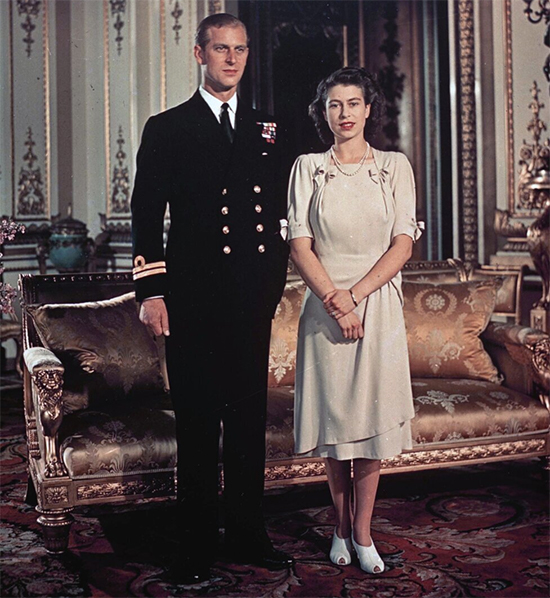
Fashion, as visual branding that inspires, was learned early on from her father, King George VI, who wanted to regain public trust in the monarchy after his brother Edward VIII abdicated in 1936 to marry the divorcée Wallis Simpson. He asked the couturier Norman Hartnell to design the wardrobe of his wife and daughters using the Buckingham Palace art collection as inspiration. This ensured classic looks that reflected the traditions and stability passed on from their forebears, as seen in Elizabeth’s gown when she wed Philip Mountbatten in 1947. A fitted bodice with a flared skirt and train executed in silk embroidered with the flowers of Botticelli’s “Primavera,” the gown was timeless and in fact was a reference for Kate Middleton’s wedding gown when she married Prince William in 2011.
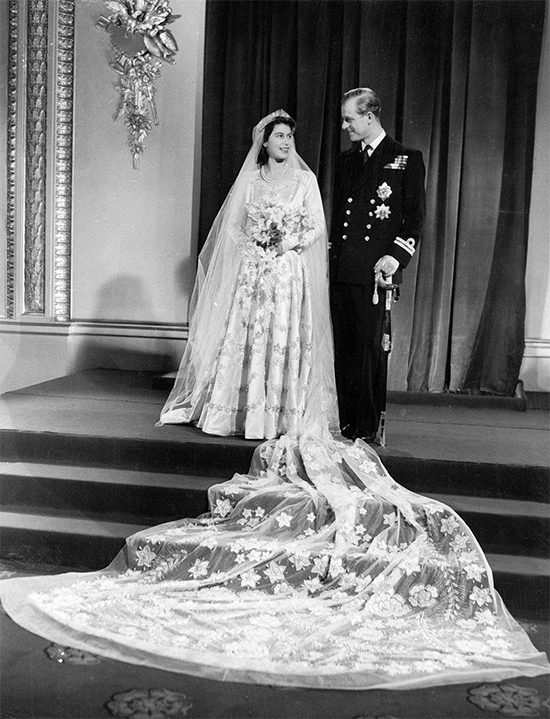
When the king died in 1952, Hartnell was instrumental again in reassuring the public by designing a glorious coronation gown for Elizabeth’s accession: The regal satin gown that took eight months to complete was embroidered with the floral emblems of the United Kingdom and Commonwealth states, an early masterstroke in fashion diplomacy that she would employ to honor her hosts with gowns that featured symbols of their country. The piece was another classic that she liked so much she wore it to six other official functions.
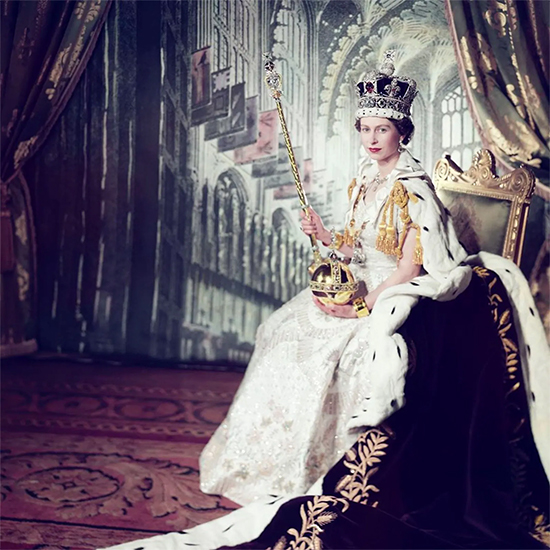
Through the decades, her wardrobe may have reflected trends like nipped waists in the ’50s, shorter skirts and pillbox hats in the ’60s, turbans and bold prints in the ’70s and padded shoulders and vivid colors in the ’80s, but always in good taste and befitting her title.

Later, the frock coat with matching hat in bold colors would become her signature look, which she devised with Angela Kelly, her personal assistant and wardrobe curator.

Everything was assembled to create a professional look. Fabrics were tested for minimal creasing and rustling and weighted at the hems to prevent wardrobe malfunctions in windy weather. Subtle prints prevented visible marks and detachable underarm pads concealed perspiration. Her famous boxy handbags, around 200 in rotation, were by Launer, hardly changing through the years and an indispensable communication tool with her staff — switching it from one arm to the other to signal them to interrupt a conversation or putting it on the floor when she wanted to leave a chat immediately. Her two-inch-heeled pumps, handmade by Anello and Davide, was her choice for the past 50 years, with each pair broken in by Kelly, who shares the same shoe size. With good-fitting shoes and mishap-proof clothes, the Queen always faced her public with confidence and ease.

Even in her last photo taken two days before her death, when she met the UK’s new Prime Minister, Liz Truss, she looked perfectly at ease and “in good spirits,” belying the fact that she was already in failing health. It helped that she was in her happy place in Balmoral Castle, proudly wearing a skirt in tartan, the signature fabric of Scotland. The gray tartan was particularly significant because it was designed by her great-great grandfather, Prince Albert, and named after the castle. That last look represented the strength of family and royal tradition, which was so important for her. It was fitting that she wore it to exercise her last public duty to assure the continuity of the constitutional state.
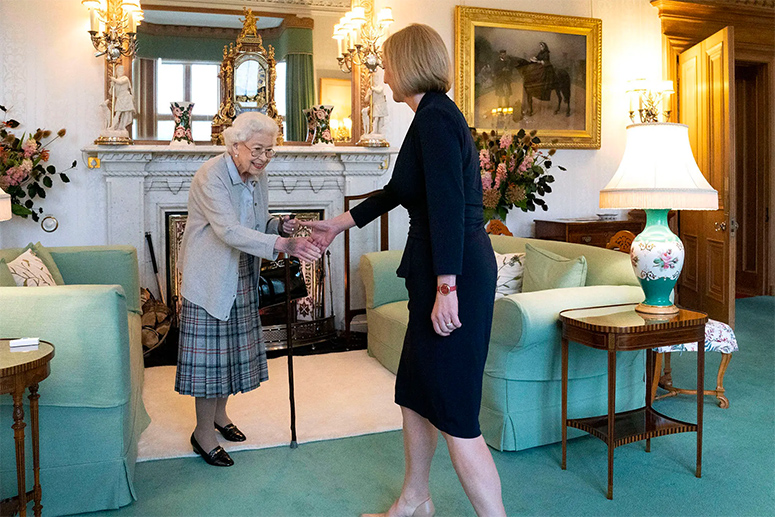
By dying in Scotland she may have unwittingly expressed her lifelong wish that the country stay united, making her final journey from the northern Highlands down to southern England a binding of the two together into one United Kingdom. Wearing that cardigan and those pearls, she looked like the doting mother of the nation who loved her country and her people and in return they loved her back — with days of vigil, endless tributes and 12-km. queues with up to 24 hours waiting time just to pay their last respects.


